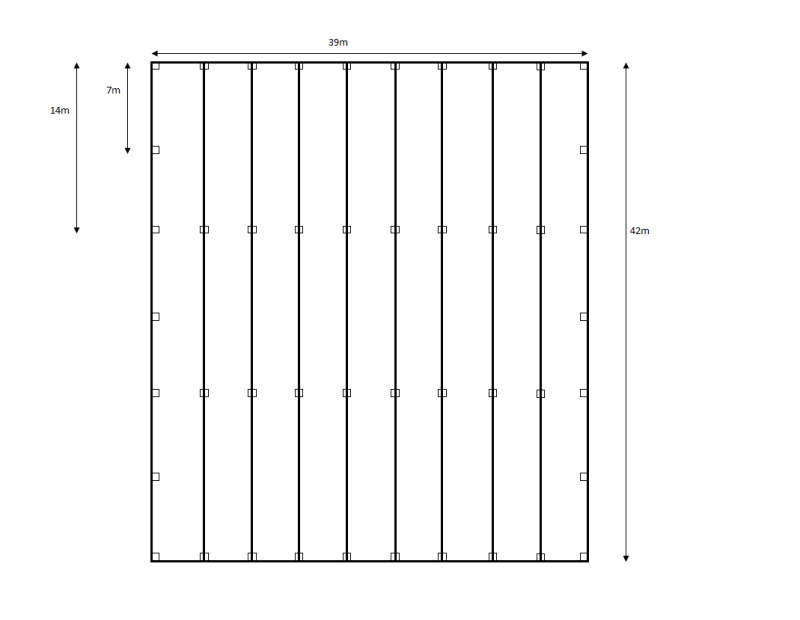FE_struct1
Structural
Hi all,
A team I'm with are conducting an FFT analysis on the results they got from an impact test on a concrete floor slab (basically they let a 5kg ball drop on the floor - no bounce). I've linked below the results they got:
Impact test: Raw FFT: Processed results:
What concerns me is that from these tests they've quoted the natural frequency of the slab as 32Hz (which sounds ludicrous since it's not a slab on the ground) and have said that this is since the maximum peak is at that frequency value. They also mentioned that the smaller peak noted at 16Hz (which is a much more reasonable value) is likely a sub-harmonic.
I've done some back of the envelope calculations which show that 16Hz is quite likely the correct value. I've never dealt with FFT before but it seems to me that they're going wrong somewhere. Thoughts ?
A team I'm with are conducting an FFT analysis on the results they got from an impact test on a concrete floor slab (basically they let a 5kg ball drop on the floor - no bounce). I've linked below the results they got:
Impact test: Raw FFT: Processed results:
What concerns me is that from these tests they've quoted the natural frequency of the slab as 32Hz (which sounds ludicrous since it's not a slab on the ground) and have said that this is since the maximum peak is at that frequency value. They also mentioned that the smaller peak noted at 16Hz (which is a much more reasonable value) is likely a sub-harmonic.
I've done some back of the envelope calculations which show that 16Hz is quite likely the correct value. I've never dealt with FFT before but it seems to me that they're going wrong somewhere. Thoughts ?

